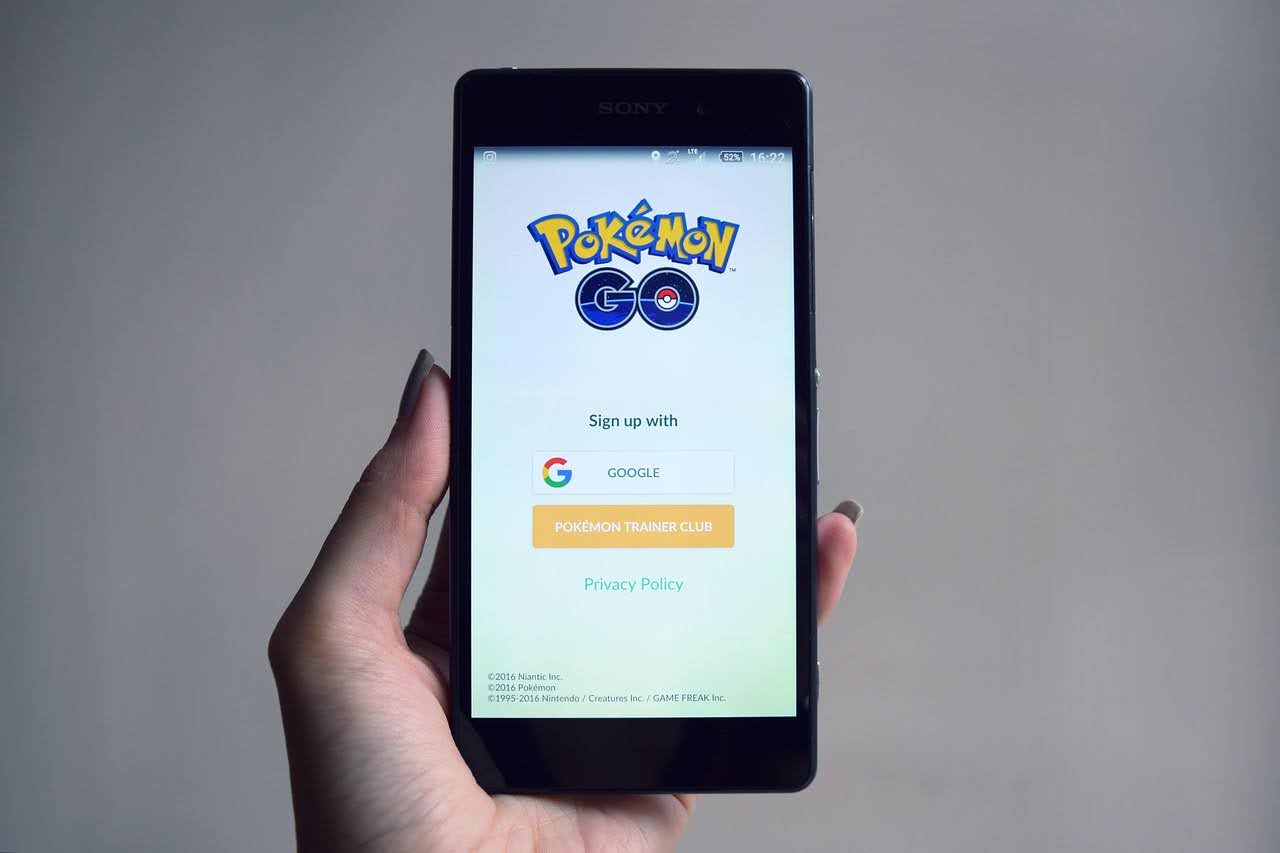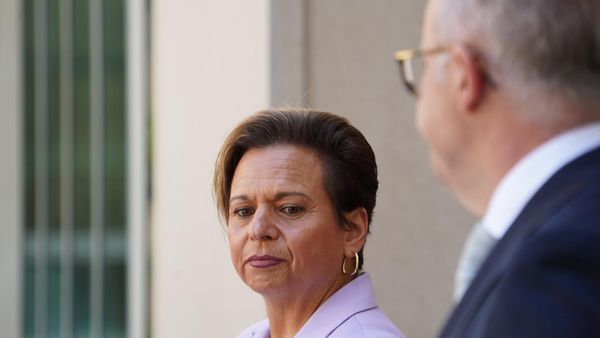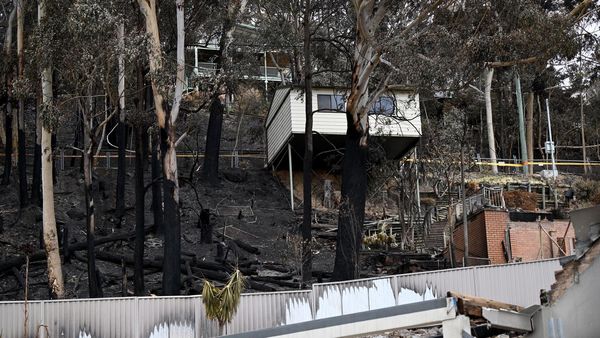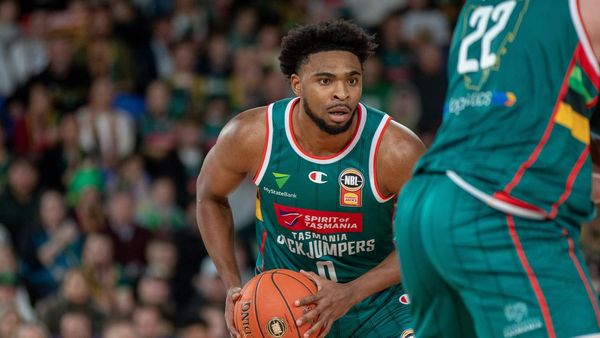
You've probably seen them everywhere. On trains, in cafés, waiting in line at Woolies. Australians are glued to their phones, but they're not just scrolling Instagram. They're gaming – hard.
Mobile gaming in Australia has exploded from a time-killer to an AUD 1.77 billion industry in 2024. Experts predict it'll hit AUD 2.80 billion by 2034, growing at around 5% yearly. That's not pocket change.
But what's really happening is that 59% of Aussies now game on their smartphones. Mobile gaming makes up 57% of all video game revenue in the country. We're talking about a crucial change in how Australia plays.
Mobile Gaming Took Off in Australia
The perfect storm hit. First, smartphones got powerful enough to run serious games. Then 5G arrived. NSW leads with 1,218 5G sites, and Telstra's network now reaches 85% of Australians. Optus and Vodafone aren't far behind.
So, what does 5G mean for gamers? Speed. Lots of it. Australian 5G users get average download speeds of 182.3Mbps. Optus tops the charts at 229.6Mbps. That's fast enough to download entire games in seconds and stream without lag.
But the real kicker is convenience. You don't need a $3,000 gaming PC or the latest PlayStation. Your phone does the job. Whether you're on the 109 tram in Melbourne or waiting for coffee in Bondi, you're ready to game.
What Australians Actually Play
Block Blast! Leads8/- the Australian charts right now. It's a perfect example of why hyper-casual games work – simple to learn, impossible to put down. Vita Mahjong and Pokémon TCG Pocket round out the top three most popular games.
But popularity doesn't always mean profit. Among the big money makers, Lightning Link Casino Slots, Last War: Survival Game, and Whiteout Survival lead the revenue charts. Strategy games show interesting patterns – they make up just 4% of downloads but generate more than 21% of total revenue. Players spend some serious money once they're hooked.
Australian developers pump out quality as well. 918 active mobile game developers operate on Google Play alone. They've made nearly 2,500 apps, averaging 1.79 million downloads each. Local favourites include Legend of Mushroom, Zen Word, and Royal Match.
The variety keeps expanding. Sports games for footy fans. Puzzle games for commuters. Battle royales for competitive players. Even Minecraft-style builders found their mobile audience. Something for everyone, literally.
New Casino Revolution
Mobile gaming changed how Australians approach casino-style entertainment as well. Newly launched Aussie casinos know that mobile players want more than ports of desktop games. They want experiences built for touchscreens and on-the-go play.
Matt Bastock, who reviews these platforms extensively, points out that new operators usually beat established brands at their own game. They have slicker mobile interfaces, faster payments, and bigger welcome bonuses. All because they built for mobile first – and not as an afterthought.
Newer platforms get it. They now have crypto payments for instant deposits. While optimizing games for one-handed play on trains, they make portrait-mode slots that work perfectly on phones. The old guard scrambles to catch up while newcomers set the pace.
Cloud Gaming Changes Everything
Xbox Cloud Gaming arrived in Australia with a bang. Pay $16 monthly for Game Pass Ultimate (after a $1 first month), and you stream console games to your phone. No downloads, no storage worries – just instant gaming.
Microsoft reports their service works best with 20Mbps internet minimum. Most urban Australians clear that bar easily. The experience is surprisingly good. Sure, you'll notice slight input lag in twitchy shooters, but for most games, it's barely noticeable.
GeForce NOW joined the party through CloudGG, bringing PC gaming to phones. Connect your Steam or Epic library and play anywhere. The tech works, though data usage runs high – budget for extra gigabytes if you game on mobile data.
PlayStation fans feel left out. Sony hasn't brought PlayStation Now to Australia yet, though rumours suggest it's coming. For now, Xbox and NVIDIA dominate the cloud gaming sphere down under.
Pokemon GO Proved AR Gaming Works
Do you remember when Pokemon GO launched? Streets filled with players hunting popular creatures. The game still generates serious revenue – Australia contributed $52 million to its global earnings.
The AR (augmented reality) aspect hooked players. Real-world locations became game locations. Parks turned into battle arenas. Landmarks became Pokestops, and players actually exercised while gaming, averaging thousands of extra steps each day.
Pokemon GO proved AR gaming works at scale. Now developers chase that magic formula – combine real world with game world, get players moving, make social experiences. Few succeed like Niantic did, but they keep trying.
Other AR games emerged. Ingress, Walking Dead, Jurassic World Alive. Each puts its spin on location-based gaming. The tech improves yearly, with better phone cameras and processors delivering richer AR experiences.
Competitive Mobile Gaming Gets Real
Forget the stereotype of mobile games as casual time-wasters. Australians take mobile esports seriously. Over 60% of Aussie gamers play competitive multiplayer games online – and tournaments happen daily.
PUBG Mobile leads the charge. The PUBG Mobile World Cup 2025 offers $3 million in prizes. Mobile Legends and Free Fire run similar massive tournaments. Valorant Mobile just launched its competitive circuit in 2025, backed by Riot's esports expertise.
Australian players compete globally now. Total esports earnings for Aussie players hit $33,825,740.99 USD across all games. Mobile's share grows yearly as more tournaments turn to smartphone gaming.
Local tournaments are also important. The Australian Esports League runs mobile competitions alongside PC and console events. Universities field mobile gaming teams. High schools add esports programs focusing on mobile titles. It's legitimate competition now.
Following the Money
Mobile gaming prints money through clever monetization. Australian publishers report: 9% sell games upfront, 67% use advertising, 41% have in-app purchases. But most successful games combine all three.
The freemium model takes the lead. Download for free, play basic content forever. If you want premium features – pay up.
Data shows Australians spend. The mobile gaming market hit USD 2,002 million in 2024. Projections show it reaching USD 4,206.61 million by 2033 – that's almost 9% annual growth. So, investors notice these numbers.
Big companies acquire successful studios. Smaller developers chase the next hit. Everyone wants their Block Blast! or Candy Crush moment. The gold rush continues.
What's Next for Mobile Gaming
5G expansion accelerates everything. The network expects 50% annual growth through 2030. Faster speeds enable console-quality graphics and real-time multiplayer without hiccups.
Artificial intelligence changes game design – and most studios use AI now. Smarter NPCs, personalized difficulty, adaptive storylines – AI makes games feel alive. Expect more sophisticated mobile experiences soon.
Cross-platform play breaks down walls. Mobile players battle console players. Progress syncs across devices. Games such as Fortnite and Call of Duty Mobile prove it works. More titles follow this model.
Hardware keeps improving as well. Phones pack more power than yesteryear's gaming PCs. Dedicated gaming phones from ASUS and others push boundaries further. Cooling systems, trigger buttons, 144Hz screens – mobile devices become proper gaming machines.
The Takeaway
Mobile gaming owns Australia's gaming future. Such a combination of convenience, quality, and connectivity built unstoppable momentum. Every demographic plays now – kids, parents, grandparents.
Now, we can see professional tournaments, streaming careers, and some serious money flowing through the field. Mobile gaming isn't the question of future anymore – it's the present.
Regular gaming won't disappear, but mobile claimed the crown. When 59% of your country games on phones, when mobile generates 57% of gaming revenue, when growth projections point skyward – that's not a trend, but the new reality.
Next time you see someone gaming on their phone, remember: they're part of a multi-billion dollar group that changed how Australia plays – and it's just getting started.







